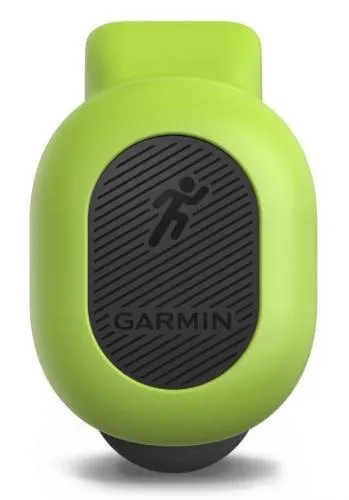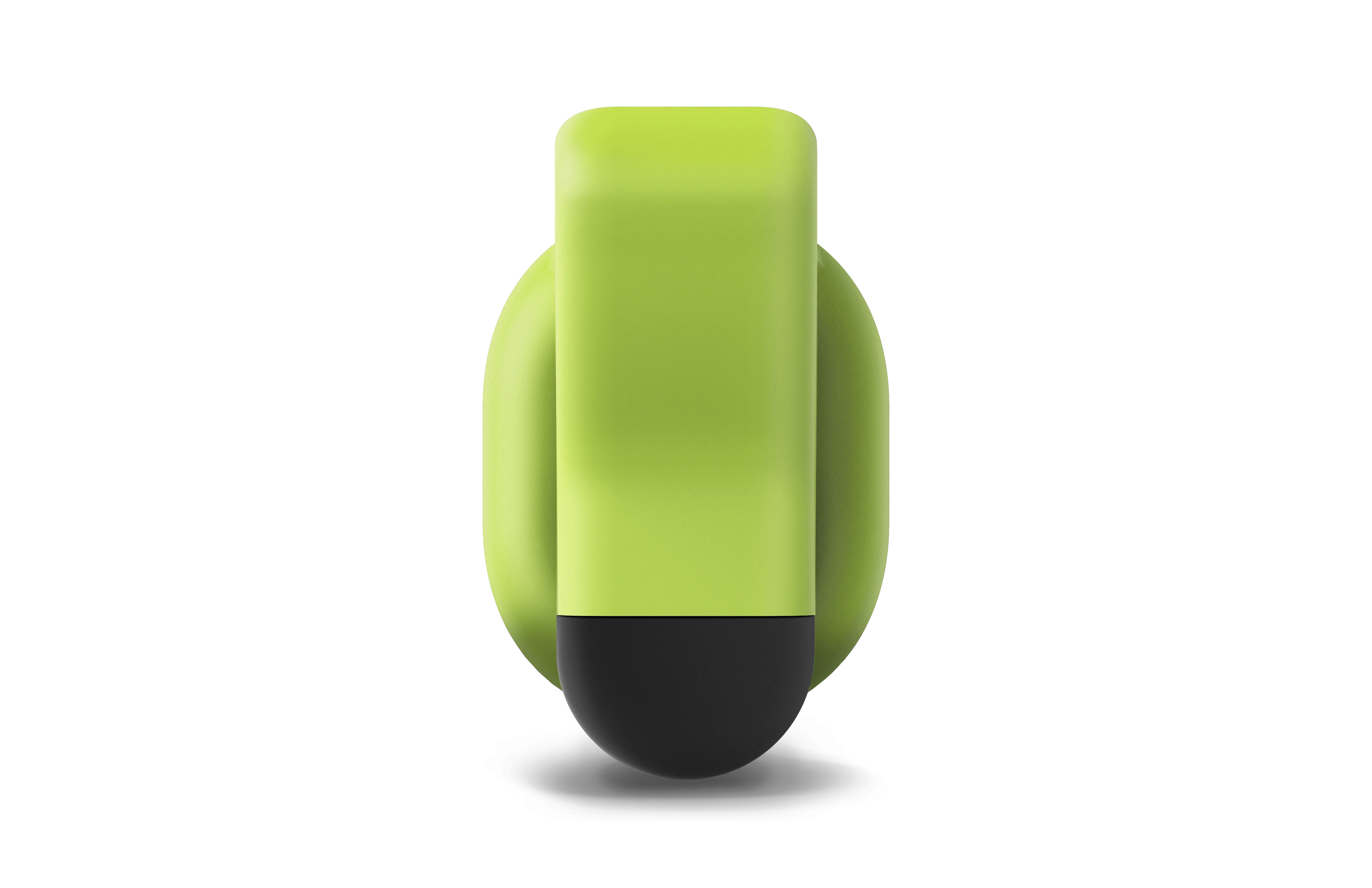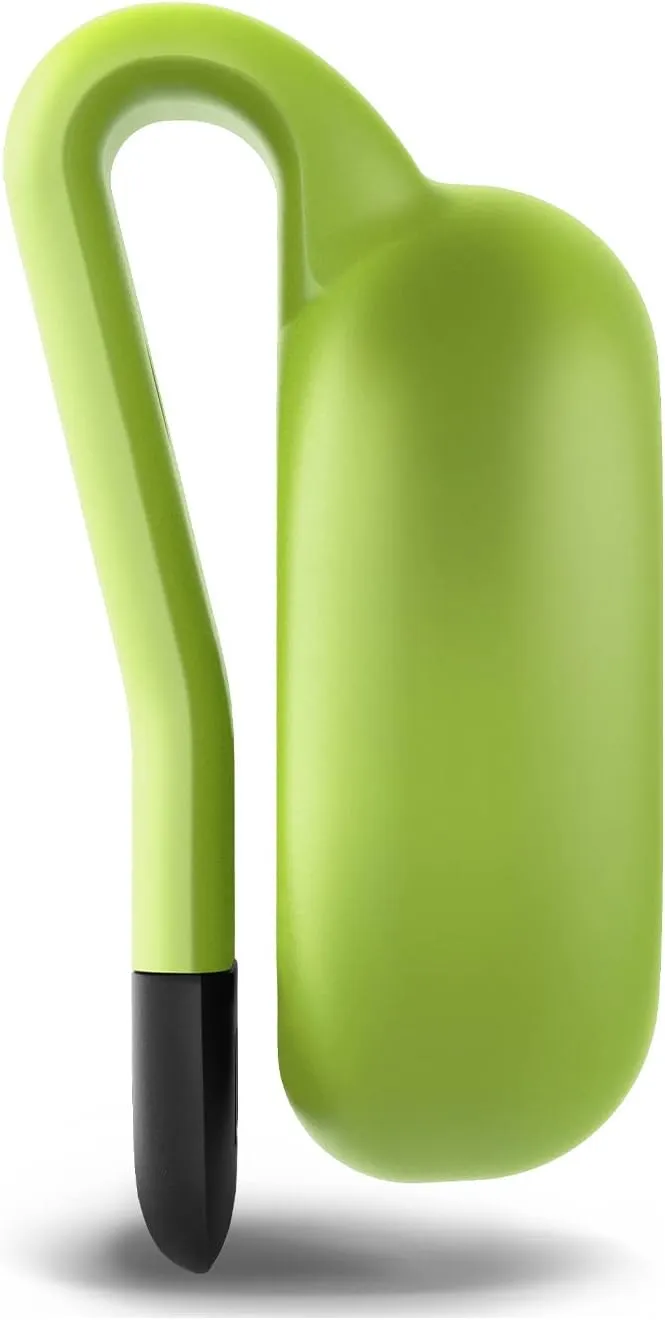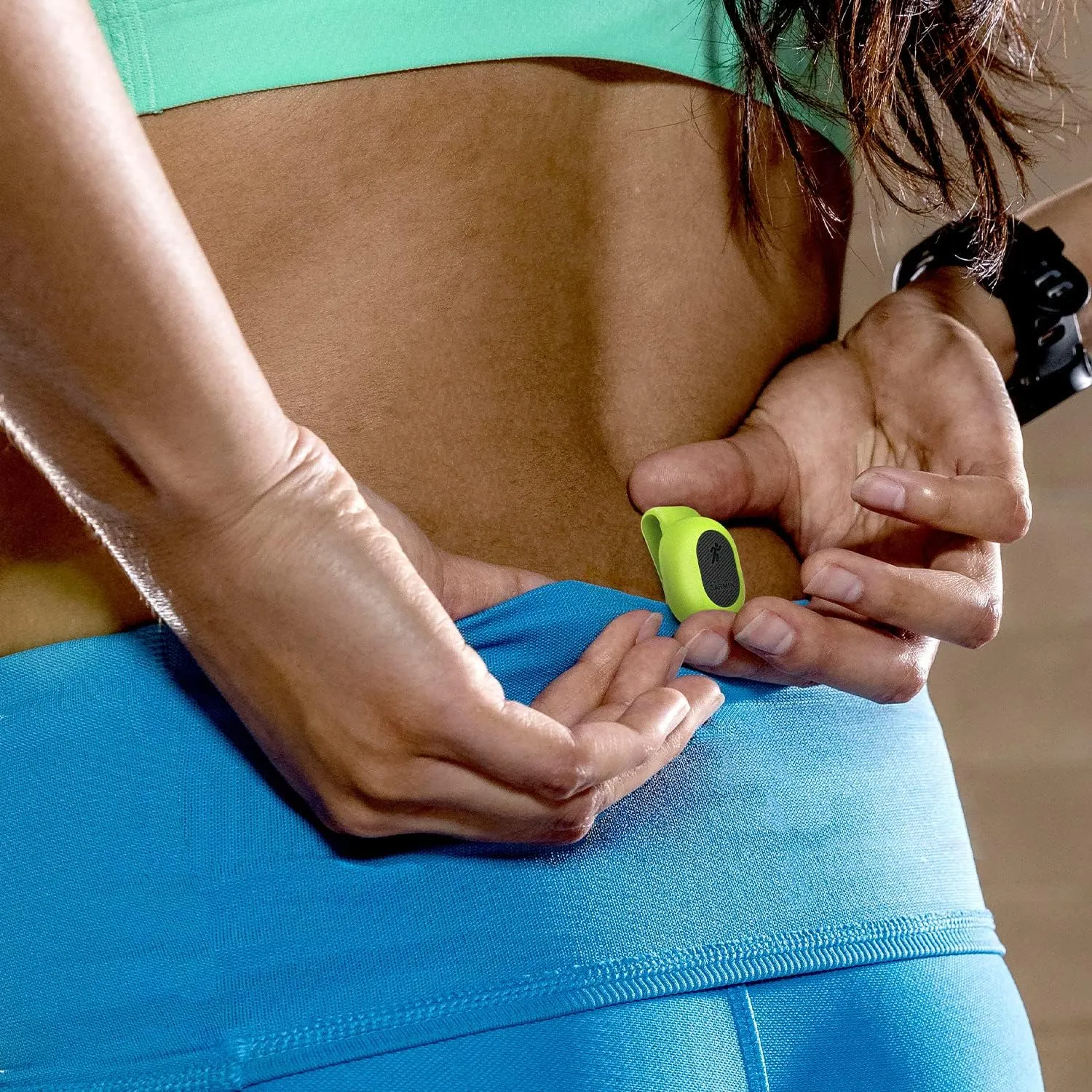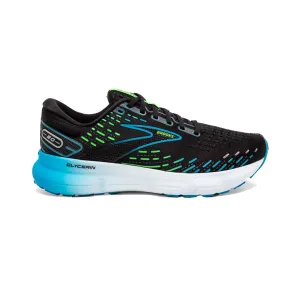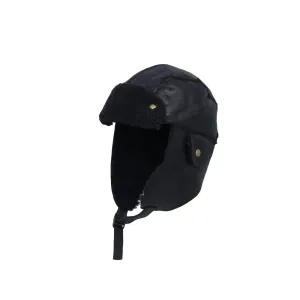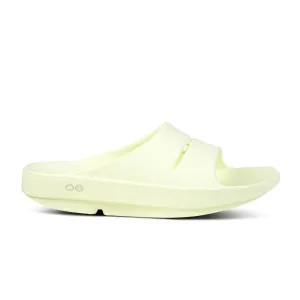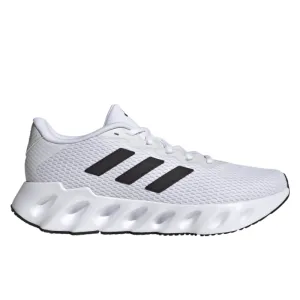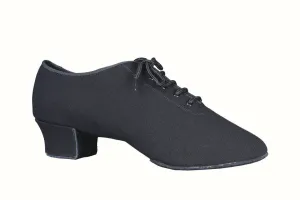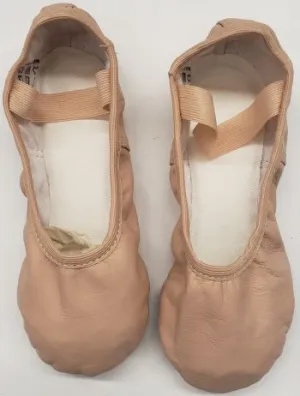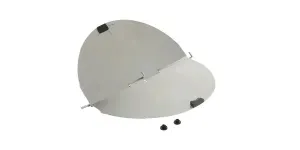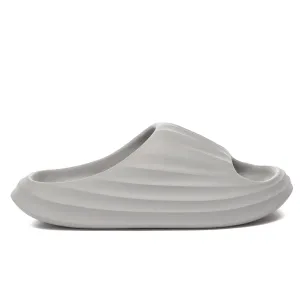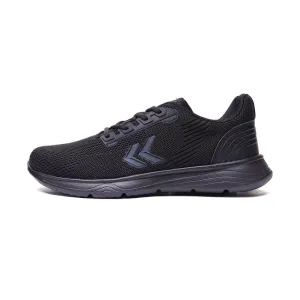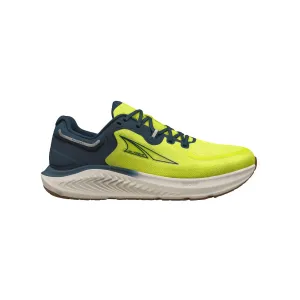Meet The Garmin Running Dynamics Pod
Running Dynamics is great for you or a coach to analyze your running form. Knowing what your running dynamics are, and knowing how to correct them when they are not ideal, can not only lead to faster more efficient running but also to fewer injuries. Prior to the Running Dynamics Pod coming out earlier this year, you could only get these metrics while wearing an or Heart Rate strap.
These 2 straps have an accelerometer built into the transmitter to give you your running dynamics. Since all of the current Garmin watches have wrist-based heart rates, people are less likely to wear an HRM. Now you can get your HR through the watch and your running dynamics through the pod.
Cadence
One metric you can get on most watches is cadence. This will come from the watch if you do not have a compatible watch for the running dynamics pod or you are not wearing the pod. An ideal cadence is around 180 steps per minute (You get this by counting how many times each foot hits the ground over 1 minute). Typically, the lower the cadence, the more likely over striding occurs and the less efficient you are running.
Vertical Oscillation
This is a measurement of how many centimeters you are traveling up and down with each stride. The higher this number, the less efficient you are running. This number is hard to compare to other runners since a 10cm VO for a 6’6” person is not the same compared to a 5’ person. Because of this, you also get a vertical ratio which is the VO divided by your stride length. Now you can compare the ratio from one runner to another.
Ground Contact Time
This is the amount of time each foot strike is on the ground in milliseconds. The longer your foot is on the ground, the less efficient you are running. You will typically see this number be higher if your cadence is low. That is because a low cadence can correlate to overstriding. Over Striding makes it more difficult to get your foot off the ground faster.
Ground Contact Time Balance
This will measure how long your left foot is on the ground compared to your right. Ideally, you would want this to be 50/50. Not everyone has perfect biomechanics so you may not be able to have perfect symmetry no matter how hard you try. This is a great metric to monitor because if you see your balance going off, it may be related to an injury coming on or getting worse. Doing proper stretching and drills can help get this number closer to 50/50
Ca Residents: for Proposition 65 warning

 Cart(
Cart(